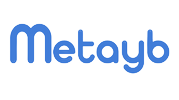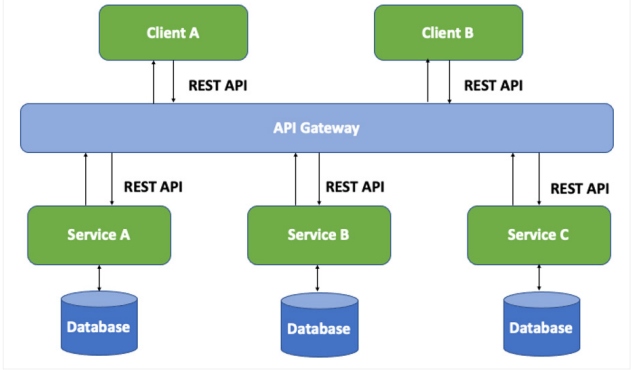Data streaming is one of the most relevant buzzwords in tech to build scalable real-time applications in the cloud and innovative business models. Do you wonder about my predicted TOP 5 data streaming trends in 2023 to set data in motion? Check out the following presentation and learn what role Apache Kafka plays. Learn about decentralized data mesh, cloud-native lakehouse, data sharing, improved user experience, and advanced data governance.
Some followers might notice that this became a series with past posts about the top 5 data streaming trends for 2021 and the top 5 for 2022. Data streaming with Apache Kafka is a journey and evolution to set data in motion. Trends change over time, but the core value of a scalable real-time infrastructure as the central data hub stays.
Gartner Top Strategic Technology Trends for 2023
The research and consulting company Gartner defines the top strategic technology trends every year. This time, the trends are more focused on particular niche concepts. On a higher level, it is all about optimizing, scaling, and pioneering. Here is what Gartner expects for 2023:
It is funny (but not surprising): Gartner’s predictions overlap and complement the five trends I focus on for data streaming with Apache Kafka looking forward to 2023. I explore how data streaming enables better time to market with decentralized optimized architectures, cloud-native infrastructure for elastic scale, and pioneering innovative use cases to build valuable data products.
Hence, here you go with the top 5 trends in data streaming for 2023.
The Top 5 Data Streaming Trends for 2023
I see the following topics coming up more regularly in conversations with customers, prospects, and the broader Kafka community across the globe:
- Cloud-native lakehouses
- Decentralized data mesh
- Data sharing in real-time
- Improved developer and user experience
- Advanced data governance and policy enforcement
The following sections describe each trend in more detail. The end of the article contains the complete slide deck. The trends are relevant for various scenarios. No matter if you use open source Apache Kafka, a commercial platform, or a fully-managed cloud service like Confluent Cloud.
Kafka as Data Fabric for Cloud-Native Lakehouses
Many data platform vendors pitch the lakehouse vision today. That’s the same story as the data lake in the Hadoop era with few new nuances. Put all your data into a single data store to save the world and solve every problem and use case:
In the last ten years, most enterprises realized this strategy did not work. The data lake is great for reporting and batch analytics, but not the right choice for every problem. Besides technical challenges, new challenges emerged: data governance, compliance issues, data privacy, and so on.
Applying a best-of-breed enterprise architecture for real-time and batch data analytics using the right tool for each job is a much more successful, flexible, and future-ready approach:


